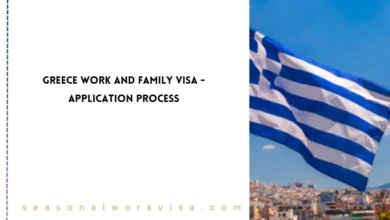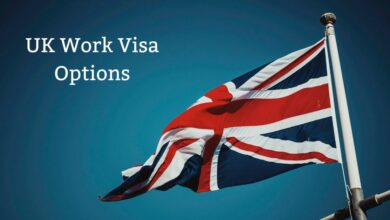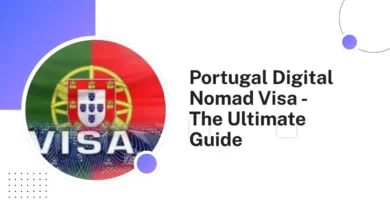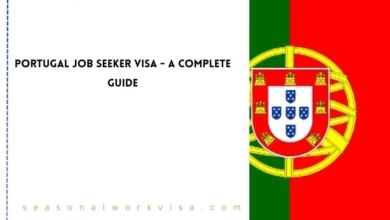Italian Work Visa Process 2025 – Application Guideline
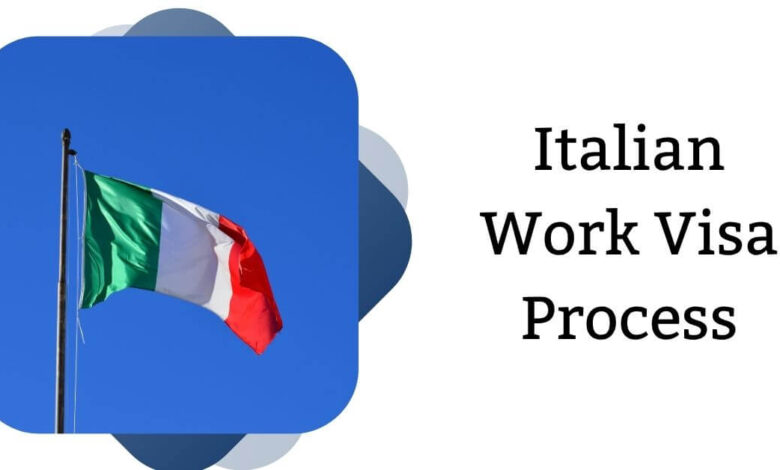
Italy is a popular destination for non-EU citizens seeking employment opportunities in Europe. However, securing a job in Italy requires obtaining an Italy Work Visa, officially known as the National D Visa. This visa allows foreign nationals to work and reside in Italy for an extended period. The process involves several steps and specific requirements, including job offers, employer sponsorship, and government approval.
Overview of the Italian Work Visa Process
Each year, the Italian government sets limits on the number of work visas available for non-EU nationals. These limits are defined in the Decreto Flussi (Flow Decree), which outlines how many foreigners can come to Italy to work in various sectors.
Quota and Types of Work Visas
In 2025, Italy is offering 151,000 work permits to non-EU nationals, with a potential increase to 165,000 based on the government’s assessment of economic needs. These quotas are divided among various sectors, including skilled and unskilled labor, seasonal work, and self-employment opportunities.
Decreto Flussi regulates the number of work permits that can be issued for each category, and the application process typically takes place between March and December. While some work permits are limited, others such as for remote workers might be issued with fewer restrictions.
Step-by-Step Process for Applying for an Italy Work Visa:
To obtain an Italy work visa, follow these essential steps. Each step is important, and ensuring you meet the requirements will increase your chances of success.
Step 1: Secure a Job Offer from an Italian Employer:
The first step to obtaining an Italy work visa is finding employment in Italy. Without a job offer, you cannot apply for a work permit or visa.
- Where to Look for Jobs in Italy:
You can start by searching online job platforms, such as LinkedIn, Indeed Italy, and Glassdoor, where many Italian employers post job openings. Additionally, recruitment agencies in Italy can assist you in finding work opportunities. - Job Categories:
Jobs available for non-EU nationals may include roles in IT, engineering, healthcare, tourism, agriculture, and construction. Each sector has its specific criteria, so it’s crucial to match your qualifications with the type of work visa you need.
Step 2: Employer Applies for Nulla Osta al Lavoro (Work Authorization):
Once you have a job offer, the next step is for your employer to apply for the Nulla Osta al lavoro (work authorization). This authorization is essential to proceed with your visa application.
- What is Nulla Osta?
The Nulla Osta al lavoro is a document issued by the Italian immigration office that confirms there is no Italian or EU citizen available for the job you’re applying for. The employer must apply for this authorization through the Immigration Office of their region. - How Long Does it Take?
The Nulla Osta process can take anywhere from a few weeks to several months, depending on the workload of the local immigration office and the type of job.
Step 3: Apply for the Work Visa at an Italian Embassy or Consulate:
Once your employer has obtained the Nulla Osta, you can apply for the actual work visa at the Italian embassy or consulate in your home country. The National D Visa (also known as a long-term visa) allows you to enter Italy for employment purposes.
- Visa Application Requirements:
Along with your Nulla Osta, you will need to submit various documents to the embassy. These typically include:- A valid passport (with at least six months of validity)
- A copy of the signed job contract
- Proof of financial stability (e.g., bank statements or proof of salary)
- Proof of accommodation (such as a lease agreement or a letter from your employer)
- A completed visa application form
- Payment for the visa processing fee
- What to Expect During the Visa Interview:
During your interview, the consulate officer may ask for further documentation, such as proof of previous employment or education. Be prepared to explain why you want to work in Italy and how you will support yourself financially while in the country.
Step 4: Obtain Your Residence Permit in Italy:
Once you have been granted the work visa, you can travel to Italy. However, before you can start working, you need to apply for a residence permit (Permesso di Soggiorno).
- How to Apply for a Residence Permit:
Within eight days of arriving in Italy, you must apply for the Permesso di Soggiorno at the local immigration office (Poste Italiane or Questura). The residence permit is necessary to remain legally in Italy for the duration of your employment.
Read Also: Italy Digital Nomad Visa – A Complete Guide
Types of Italy Work Visas:
There are different types of work visas available based on the kind of employment you will be undertaking. Each visa has specific requirements and is suited to different types of workers.
- Salaried Employment Visa
This visa is for individuals who have a full-time job offer from an Italian employer. The employer must meet certain salary criteria to qualify for this visa, and the applicant must prove they have the necessary skills and qualifications for the role. - Self-Employment Visa
The self-employment visa is designed for individuals who wish to start a business or work as freelancers in Italy. Applicants must demonstrate a viable business plan or self-employment activity. - Long-Term Seasonal Work Visa
This visa allows workers to take on temporary seasonal jobs, typically in sectors like agriculture or tourism, for up to nine months. It’s ideal for those looking for work during peak seasons. - Working Holiday Visa
This visa allows young people (usually between 18-30 years old) from certain countries to live and work in Italy for up to one year. It’s an opportunity to travel and gain work experience in Italy while funding your stay through temporary jobs.
Required Documents for the Italian Work Visa Application:
To ensure your visa application is processed efficiently, make sure to gather the following documents:
- Job contract: A copy of your signed job offer or employment contract from your Italian employer.
- Nulla Osta: The work authorization issued by your employer’s immigration office.
- Visa application form: A completed application form for the Italian long-stay (National D) visa.
- Proof of accommodation: This could be a rental agreement, hotel reservation, or employer-provided accommodation.
- Proof of sufficient funds: Bank statements or other financial documents that show you can support yourself in Italy.
- Visa fee payment: Proof that you have paid the visa application fee.
- Diplomas and certificates: Copies of your academic qualifications and relevant certifications.
- Valid passport: Ensure your passport is valid for at least six months beyond your intended stay.
Conclusion:
Obtaining an Italy Work Visa (National D Visa) is a significant step towards building a career in one of Europe’s most beautiful and economically diverse countries. By following the process outlined above, ensuring that you meet all requirements, and staying informed about any changes in immigration law, you can greatly improve your chances of success. Whether you’re applying for a salaried job, starting your own business, or pursuing seasonal work, Italy offers numerous opportunities for those ready to contribute to its workforce.
Frequently Asked Questions
What is the Italy Work Visa, and how does it work?
Non-EU people can work in Italy with the Italy Work Visa, also known as the National D Visa. To do this, you need to get a job offer from an Italian company, get a work pass (Nulla Osta al lavoro) from your boss, and then apply for a visa at an Italian embassy or consulate.
What are the requirements for the Italy Work Visa?
A job offer from an Italian company, a work permit (Nulla Osta al lavoro) applied for by the employer, an application form for an Italian long-stay visa that is fully filled out, proof of where to stay in Italy, proof that you have enough money, proof that you have paid the visa fee, certificates or diplomas, and a passport are all needed.
